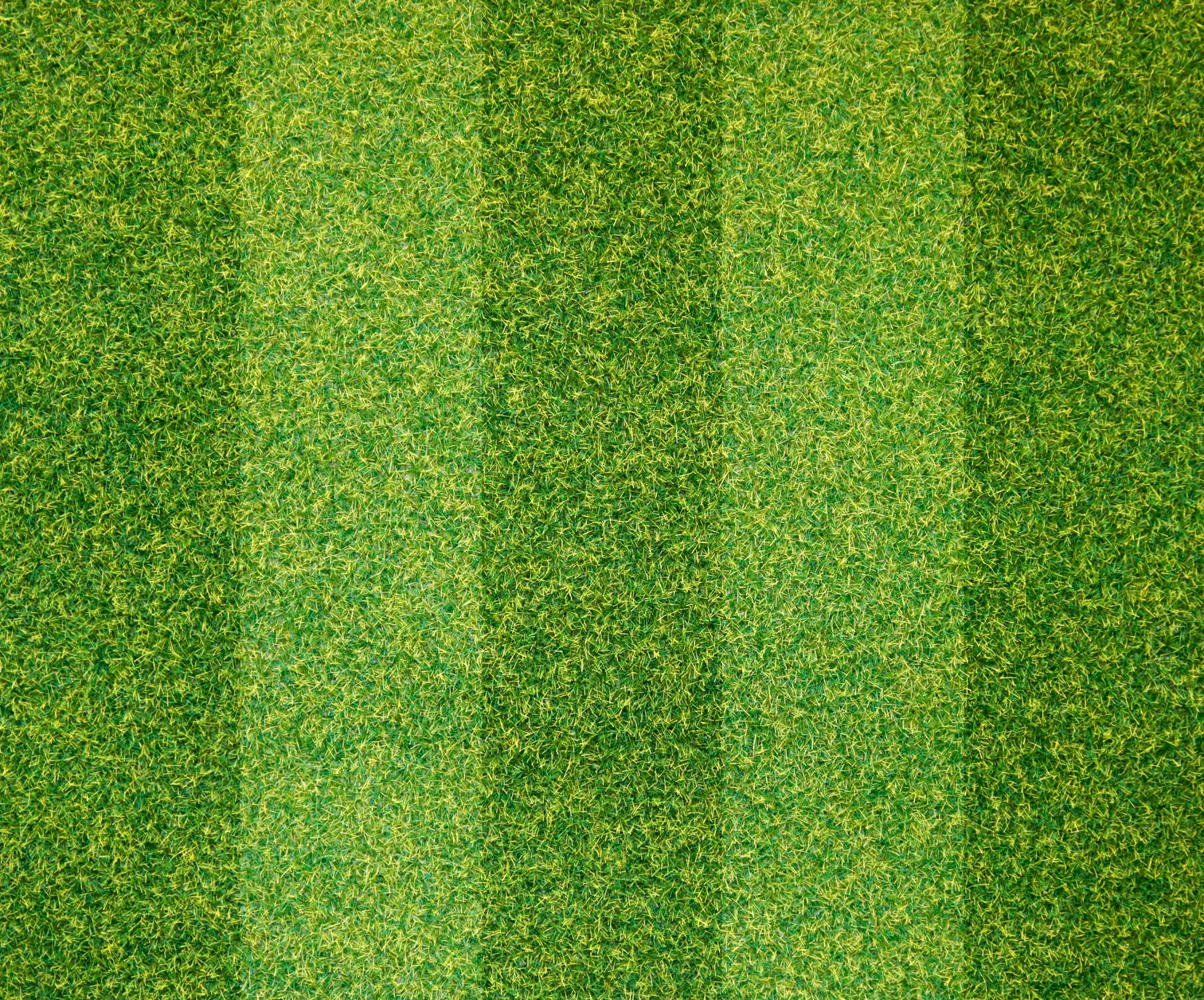
Laying Turf – Like A Pro
By admin | Uncategorized
LAYING TURF LIKE A PRO
In order to get the best from your new turf lawn proper preparation of the ground is essential for the new roots to establish themselves providing a better finished result and ensuring it thrives for years to come.
This post will outline the best practices of laying turf. We’ll show you how to strip your existing lawn, prepare the ground and after care.
REMOVE THE EXISTING GRASS AND PREPARE THE GROUND
If you’re in the position where you need to remove an existing lawn this can easily be done in a number of ways.
GRASS AND WEED KILLER
Use a non-selective grass and weed killer and treat the desired area. Always ensure you follow the brands recommended quantities for best results. If you choose this method I would advise doing it at least 10 – 14 days prior to laying the new turf. Remove any killed grass and weeds with a rake.
ROTAVATOR OR TURF CUTTER
Using a rotavator or turf cutter you can very easily cut away the old grass. These can be hired from most reputable hire shops. The waste can be recycled at a household waste centre.
PREPARING THE SURFACE
The aim is to create a level, flat and firm surface. Any stones, old grass or weeds including roots should be removed as much as possible. A few smaller stones left behind are generally not a problem and can be beneficial for drainage.
It is essential to rotavate the soil ideally to a depth of 6 inches but the same effect can be achieved using a spade or fork. Dependent on the quality of your soil you may want to add a topsoil to help improve the turf growing conditions. Adding topsoil here can also help ease working conditions.
Once you have rotavated the soil you should lightly compact it to create a more firm surface. This can be done by walking over the surface ensuring the finished result is even and level. Finally using a rake you want to lightly go over the soil, again ensuring it remains level throughout.
LAYING NEW TURF
While Gloucestershire Turf provide a laying service you can brave the challenge yourself. It is essential that you only order your new turf once you have finished the previous stages. Once turf is cut it needs to be put down as soon as possible. On delivery you do have a 24-36 hour window to get it in place but in ideal conditions the sooner the better. If you need to store any rolls of turf while you are working ensure they are in a cool and shady area out of direct sunlight.
When starting to lay the turf start at a straight edge of the garden from one end to the other making sure the ends of the turves are butted together leaving no gaps. To ensure good contact with the soil below lightly firm down using a plank of wood or the back end of a rake. On placing turves around angles it can simply be cut using a sharp knife or hand saw. Avoid walking on the turves as you lay it.
Use wooden boards as you work if the shape of your garden requires you to do so. If you have any gaps showing simply top them up with some topsoil to encourage the roots to spread.
AFTER CARE ESSENTIALS
For the first 7 days after putting down your new lawn you will need to water it for at least an hour a day. This is best done in the evening to avoid evaporation from the sunlight. It is advisable not to walk on it during this period while the roots are developing. For watering I would recommend using a sprinkler where possible. If weather is extremely dry in the weeks after it is recommended to continue regularly watering.
When mowing the lawn the first few times try not to cut more than 1/3 off the blades. Gradually over the next few cuts you can reduce the height to the desired level.
